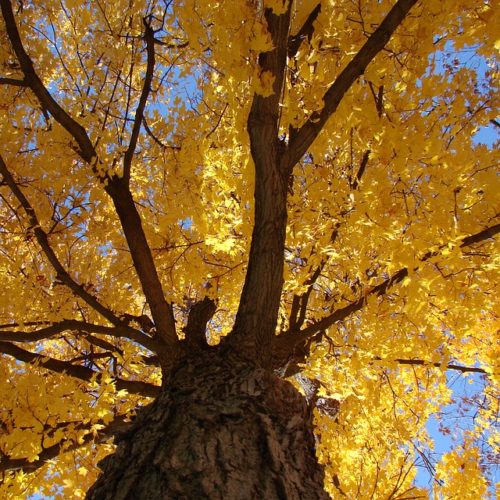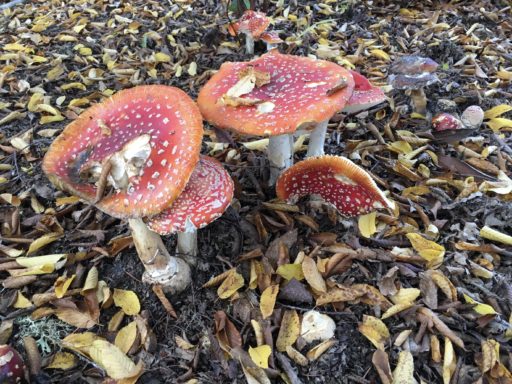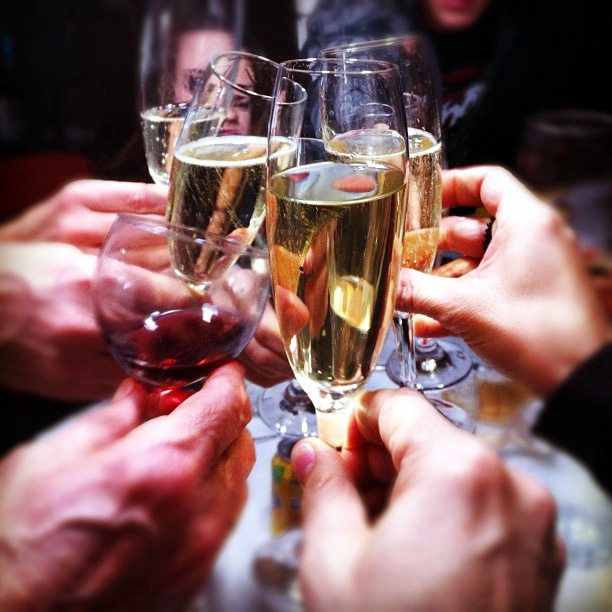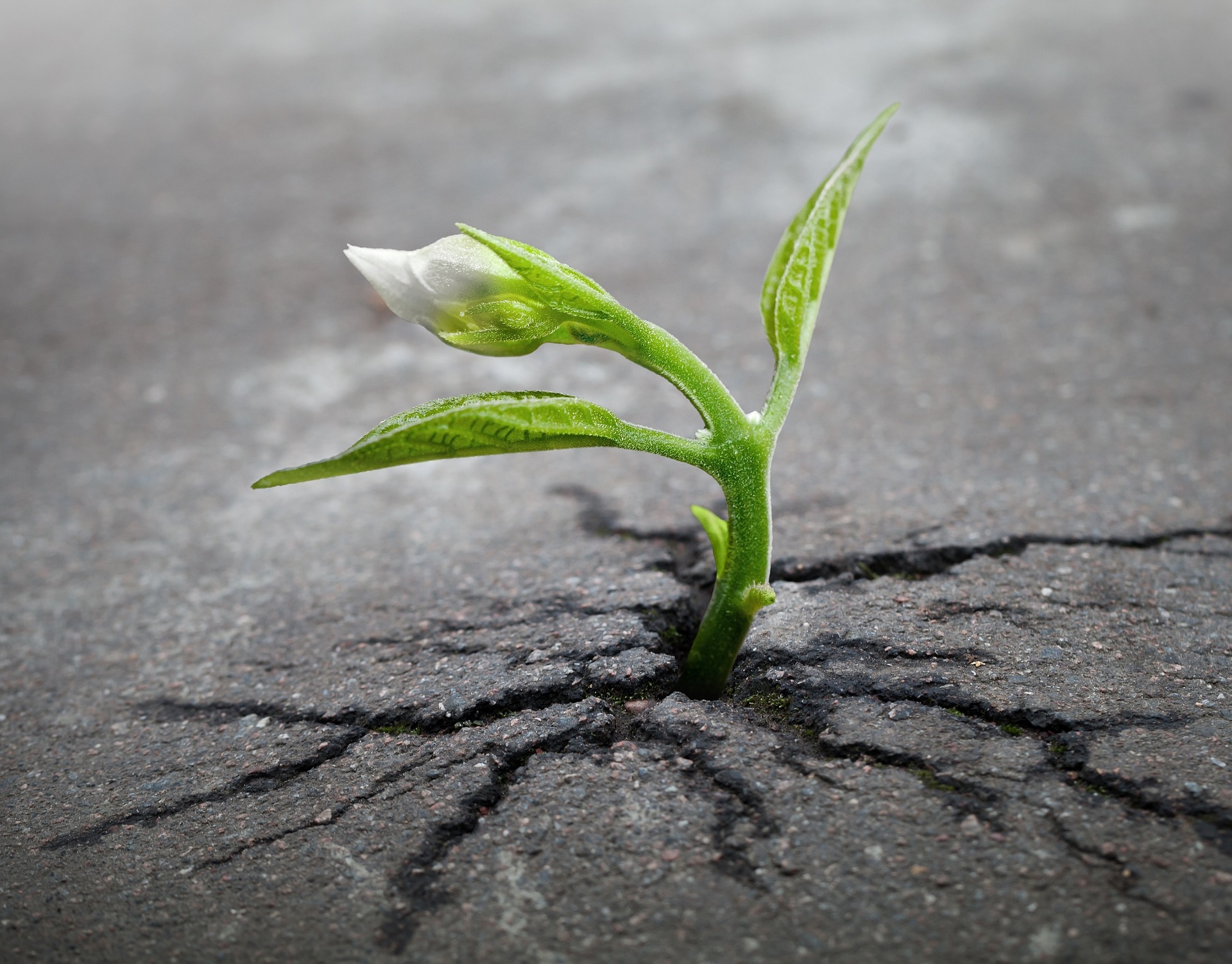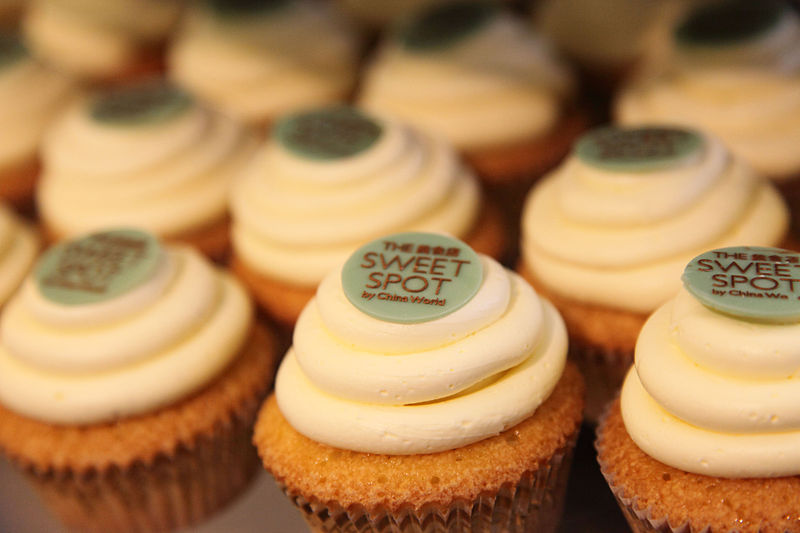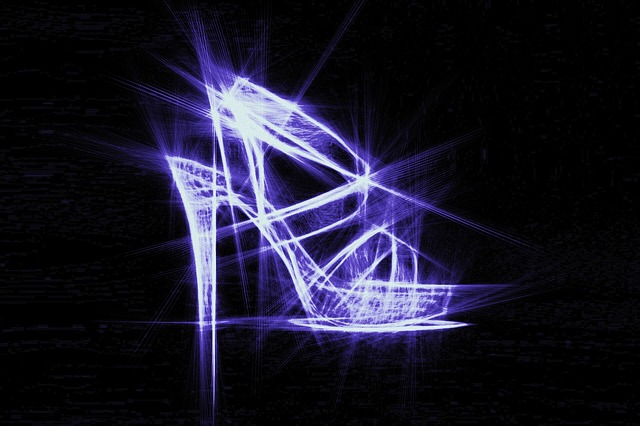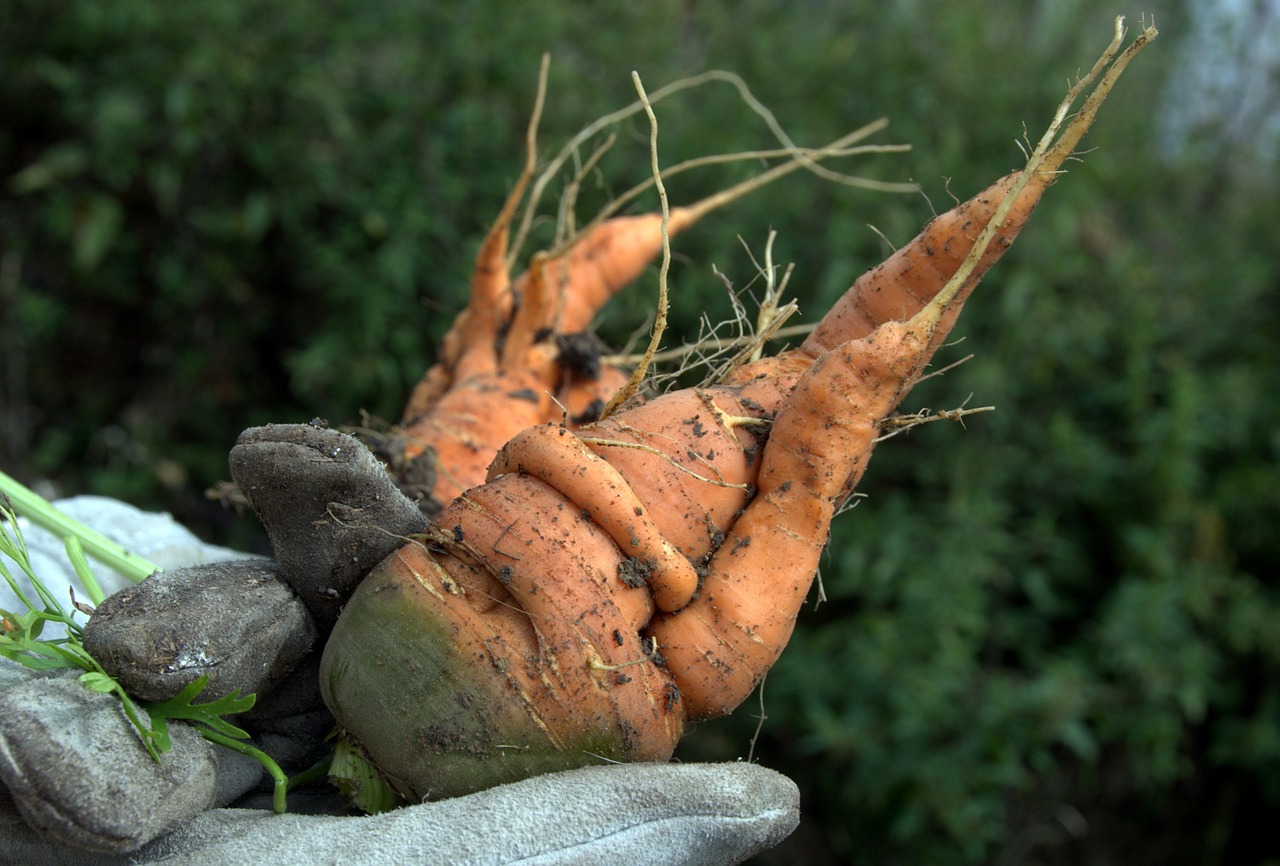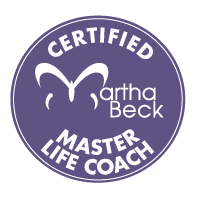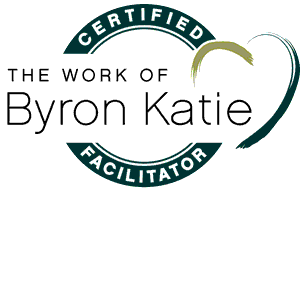Runaway Rescue! (Resolution Revolution)

|
Once again reality didn’t agree with my plans. The nerve of it. Less than month ago I reflected on a Christmas past, the year our family spent the holiday tending sick puppies and watching them die from Parvo, one by one. For me it was a story of grace and humor in the weirdest places. I had no idea that another dog-centered holiday movie was about to be released.
This year on Christmas Eve the scene was set. The lights. The wrapped presents. The Tree. The baking. The full refrigerator. The early afternoon arrival of my son and his partner Liz-e, along with Finn, a year-old beagle they’d rescued from Korea, where a stray might be headed for the meat market. He had experienced more than a little trauma in his life: a tsunami, loss of his entire litter, being shipped half-way around the globe. But in the end he was rescued by a warm-hearted network of dog lovers from both countries (https://wildheartspdx.com).
|
|
Within a couple of hours of his arrival, as a rare Oregon snow began to drift in, he zoomed out the front door, down the bike path, and (eventually) all over town. We were able to follow him some of the time by using Air Tags, which sent occasional beeps to my son’s phone when an iPhone is close by. For three below-freezing days a scattered tag-team of family and friends and firemen and security police random strangers stalked him through the snow, many of them foregoing their holiday plans. Gratitude isn’t a big enough word for these many acts of human generosity. He had travelled almost 30 miles over three days when he stopped running and took shelter under a parked truck. The smell of Korean carry-out food was what it took to lure him out in the end. And all was well. It was The perfect Hallmark holiday movie, with less kissing. And afterwards a few more nightmare-type dreams of losing control.
Isn’t that the way life shows up sometimes? Just when you think you’ve got some idea packaged into a preplanned version, it can explode into something more chaotic and less welcomed. You’d think this is a lesson we’ve all learned from the last couple of years of Covid. And yet along comes the terrible surprise of one more highly transmissible variant just as things were settling down and life was returning to something we recalled as normal. The only surprise here is the fact that we’re surprised, having lulled ourselves into the belief that things would match our intentions for them.
A teacher of mine once asked me if I’d rather have a flexible mind or body as I age. I don’t like having to make that choice, but I would land on the mind every time. Because when it’s limber, it’s easy to see what’s negotiable with the Universe and what’s not. And at its heart the mind knows to love what it has no choice but to accept. In a throw-away line last week, Stephen Colbert said, “Can I change it? I can’t? Then I love it!”
Now that’s flexibility. A tall order during these trying times. A full-time job, really. But this is the kind of freedom I want in life. This peace. This freedom.
I want this for all of us.
—SgB
Resolution Revolution
Here I am once again
same time new year
holding tight to the road,
to this revolution of my own making.
The one where I resolve
not to resolve
to be lighter, brighter orsomeone
with nothing out of place,
a corrected version of me,
but built back better.
Instead, let me evolve into someone
good enough but better when still.
Because this revolution is not televised.
—SgB 1/2022
|
Dead Puppy Christmas and Carbonated Holiness
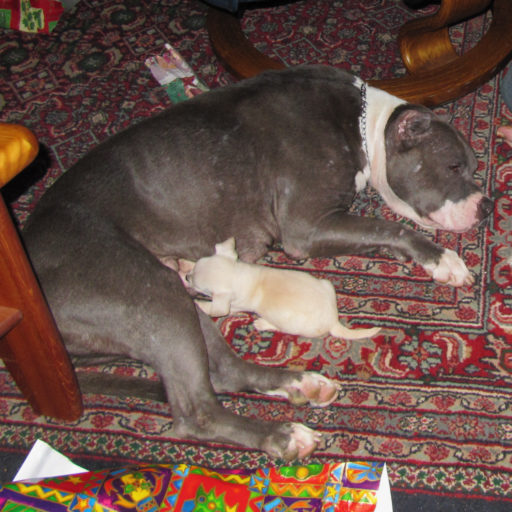
One Christmas past, my daughter and her friend brought home fifteen sick puppies from a kill shelter rescue mission that had gone awry. I imagined a family home Christmas as a video, swarming with curious, slightly weak puppies around the Christmas tree.
I didn’t know much about Parvo at the time. Reality hit quickly. When we saw how sick the puppies were, we rallied to a new mission, setting up an emergency vet clinic.
For the two days leading to Christmas we nursed half-pound infants, trying desperately to save them from the grim effects of the disease. We kept our arms full, set alarms and devised a way to hydrate with homemade IV’s. Instead of going to a midnight service we prayed for their survival as we held them and watched them fade. Hour after hour the little pile of bodies in the corner grew. In the end only one survived, born miraculously on Christmas Eve.
My blog post that season said “This will be the Christmas of Dead Puppies soon, and we will laugh. Someday.” When my son Ben read it, he said he cried, and I saw how powerful my protective shield had been, and how truly traumatic it had been for all of us. We needed to grieve. Now, ten years later, I have the distance to see the whole picture and appreciate how we coped.. We cried plenty, but somehow even in the midst of it all there were moments of hilarity.
What saved us was being able to see our own powerlessness in the face of the absolute absurdity of the scene. We told ourselves that it couldn’t get any worse and then it did. Again and again. I guess you could say that dark humor became our greatest ally. This and the power of distraction. My memories of the year feature us stumbling through some Christmas carols, playing Pictionary, and awkwardly dancing to a Wii Rock Band workout featuring Beatles music. But mostly I remember the laughter.
It may seem strange, but ten years later I realize that this may be have been our most deeply soulful Christmas of all, working together through the crisis and still finding a kind of humor in the midst of an awful situation. Later I heard Anne Lamott call laughter “carbonated holiness,” and I knew just what she was talking about.
This is what I wish for each of you this holiday season.
Without the dead puppies.
Just some carbonated holiness.
With love,
Susan Grace
Dead Puppy Christmas
Today in the mist of a stroll
through the Advent calendar
I open tiny windows of Christmases past,
The first scene is one I tenderly recall,
Dead Puppy Christmas
There we are, five of us humans,
jostling fifteen half-pound puppies
recently rescued
before the Grinch of Parvo took over,
now sick and getting sicker.
Across from the tree in this diorama
is a small I-V stand
Each hour another pup stops breathing
and a tiny body Is added
to the pile in the corner.
In between we cry,
stumble through carols,
distract ourselves with sugar cookies,
eggnog, gingerbread and games,
Tending to life and to death,
Awaiting the miracle of Christmas Eve,
one surviving puppy.
—SgB 12/2021
First Step, Second Step

It is pointless to know where the way leads. Think only of the first step. The rest will come.
— Sams of Tabriz
It was time for my first big step. I was finally able to bear my own weight after a bike accident resulting in six weeks of complete dependence on everyone around me. My heart was full of gratitude, but my balance was precarious as I ditched the surgery boot and slowly began to reclaim my own two feet.
This is when I convinced my husband that we should take our first road trip in forty years. It made sense, I argued, using Lockdown Logic, for him to drive and for me to ride with my foot elevated on the dashboard for several days along western edge of the continent from Oregon to the Southern edge of our country. Lockdown Logic said that it was time to use that car we bought just before the pandemic. It said that we should get out of our little bubble and drive, not fly. Some of my lifelong friends had been planning a gathering for a year in San Diego, so logic said that now must be time to hazard a trip out of the cocoon. In addition, secretly I wanted to reconnect with my rural roots by simple human interaction in more far-flung parts of this divided land we hear so much about.
Half-way through the trip, I bragged to my friends about our small safe haven of a city, especially our local school board. We live in college town with a deep dedication to education. Our little city leans left in a state that is famously unpredictable. We’re well outside of the newly vilified city of Portland, so we’ve seen few so-called culture wars.
While we were traveling, we saw proof of a country more united than the news would have us believe. Except for a few drivers who didn’t like our slower pace as we followed directions like the old codgers we are, we were met by human kindness throughout our trip, whether red or blue. We saw little mask or anti-mask mania. Little evidence of vax wars. We came back relieved, ready to report that rumors of civil war are greatly exaggerated.
So the first big step back to “normal,” was a complete success.
The second day after our return, I went down to my local food cooperative, where I ran into a friend who filled me in on local news, referring me to the New York Times. One of our bright lights, Sami Al-Abdrabbuh, our school board chairman, had been under physical threat almost since he was re-elected by a landslide.(More here)
I began to doubt my recent travel experience and felt the cocoon calling me back. After a couple days, I remembered one of my favorite quotations, attributed to Rumi’s teacher Shams: It is pointless to know where the way leads. Think only of the first step. The rest will come. I know that I can’t un-step that first forward step toward my fellow beings. All I can do now is get stronger, more educated, and more flexible to prepare for the next step. So I‘ve been educating myself on harassment and cyber threats. By moving out of denial and into reality, I armed myself with information about how I can take a more grounded and informed stand to support my very real oasis of a community..
I want to reboot stronger and lighter. My second step has been to return to my physical therapy schedule. Who knows what the next step will bring? For now, it’s showing up for my body so that I can take more balanced and healing steps. It turns out that this is the perfect time for this challenge, what with all the traditional expectations and the challenge of reconnecting during upcoming holidays . My prayer is that I remember all the lessons of the last two years as I continue into the future with step after ever-stronger informed step.
May we all notice human kindness permeating our coming days. May we move forward to the beat of our shared heart, our shared humanity, our shared planet…
Road Trip
Her country, newly
humbled by fear
called to her,
offering its western perimeter.
A whiff of youthful memory
cried out, which caused her to
stare sit stretch
and then sit again,
watching sky television
a dream of a parched world
flying by
not the same as before
but still
ocean met dunes
rocks stood sentinel
days were fruitfully spent
moving under bowl of big blue
cities came and went
with humans still busy
annoying other humans
passing on the right
honking from the left
and then the gusty rain came
erasing it all in a big wet huff
and after that there was this:
a miniature freeway oasis
appearing from the fog
with fairy lights and
breakfast in little brown bags
but most of all the kindness
of a muscle flexed, a stranger’s hand
lifting a bag, opening a door
just because you with your cane
could use one.
—SgB 10/2021
Spider Sense
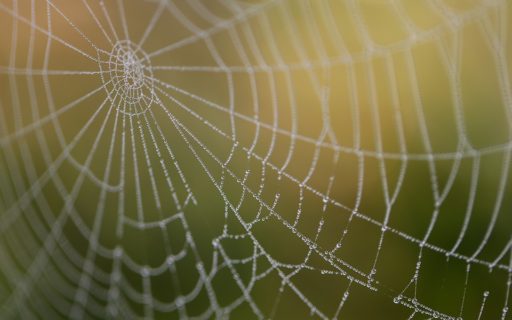
During my slow recovery from a broken bone and surgery this fall, I’ve given myself the luxury of silk. Spiderweb Silk. The spider on my windowsill creates its miracle of tensile strength slowly and steadily. As I watch I think of the body magic that is healing my body with very little help from me. With plenty of time on my hands and a new curiosity, I’ve dipped into the human Interweb to find out more about spiders.
Newsflash! Spiders aren’t all hairy monsters who devour their own. Only some of them. About 40% can get cranky enough to consume each other. Biologists who focus on the social life of spiders discovered that adult spiders seem to forget how to behave together after being alone too long, which causes them to become aggressive. They’re still not sure why some spider species like to hang out together while many eat spiders if given the chance. As it turns out, spiders raised in groups almost never try to eat even unfamiliar spiders. When they remain together, they respond to chemical cues and remain tolerant. But when they’ve been isolated, the familiarity is lost, and that’s what leads to intolerant and aggressive behavior.
I’ve seldom ventured out on my own two crutches at all, but last week, I headed out with the help of my trustworthy life partner and nursemaid Geo. Out of necessity we went to a big box grocery store where masks are still required. People are my favorite! I thought, looking forward to the quick exchanges of connection that are part of the human social world. I tried the “smiley eyes” thing out as I motored around in my electric go-cart. People mostly ignored me, which felt lonely and awkward. Then at the check-out line one guy, his mask down below his chin, told me that I was cutting into line. I saw that this was true and I apologized, but he just glared back.
Immediately my mind got busy judging him. Then it began to criticize other people’s pandemic behavior. There are some very sticky thought webs about that subject, I noticed. I couldn’t wait to get to my safe and predictable home, shocked at how one interaction had shifted my whole mood. Back with my spider and its web, I remembered another spider factoid: most spiders create a new web every day. Then I remembered that I had forgotten for a minute: the energetic kindness of strangers who have bounded ahead of me to help open doors. The beautiful emails and cards of sympathy and kindness. The meals prepared and cheerful visits of friends.
There was such clarity in that moment that I began to spin a new web based on my simple truth, backed by more than 70 years human social life. No matter who smiles at me or gives me crap or what gets spun in the news cycle, I know for sure that most humans are not unkind. I could see the likelihood that our species will get less cranky as we get out more. I think we’ll learn again how to tap into our basic human need for kindness and connection. And when I’m in doubt, I remind myself of the words of spiritual eco-activist Joanna Macy: “Let life through, in the biggest doorway in your being.” When I do that, there’s enough room in my heart for all of creation, including cranky humans and spiders.
May we all remember that in the coming months.
SgB 10/2021

